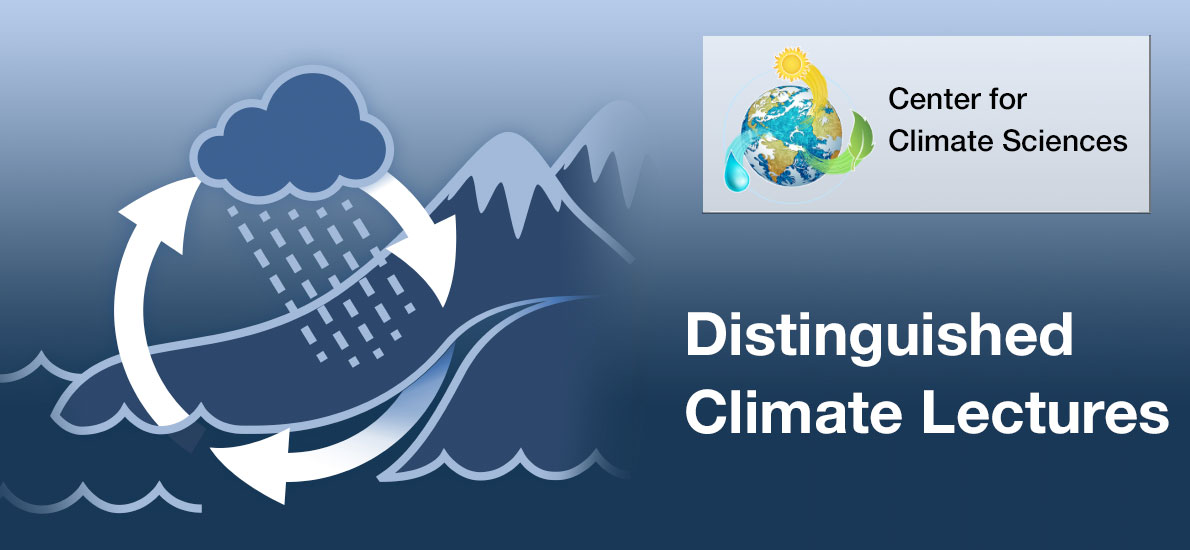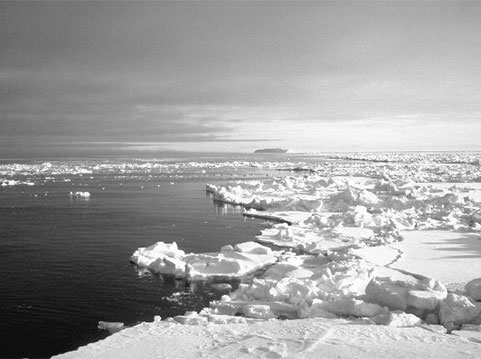Seminars
Title: Arctic sea ice retreat and iceberg drift in a warming climate
***NEW Date, Time and Location***
April 24, 2019
| 233-305E,11:00am

About this Lecture

This lecture will have two parts. The first part will focus on Arctic sea ice, which has retreated rapidly during recent decades. Global climate models differ widely in the rate of Arctic sea ice retreat that they simulate, with the observations differing substantially from most of the models. I will present a simple theory for what controls the rate of sea ice retreat in response to forced global warming. The theoretical model draws on an idealized representation of how the surface air temperature evolves in a warming climate and its relationship with sea ice concentration. The results suggest that the main culprit driving the differences among the models and biases with observations is the representation of processes that set several key aspects of the polar climate system.
The second part of the lecture will address the drift of icebergs in the high-latitude oceans. Icebergs release meltwater into the upper ocean as they drift, and the role that they play in the global ocean circulation and climate depends crucially on the iceberg drift trajectories. The flux of icebergs from Greenland and Antarctica has recently increased and is projected to further increase in the future, perhaps dramatically. I will present an idealized mathematical derivation and physical explanation for what determines the influence of winds versus ocean currents on iceberg drift, with implications regarding how this may change if iceberg discharge changes in the future.
About

Ian Eisenman is an associate professor of Climate, Atmospheric Sciences, and Physical Oceanography at Scripps Institution of Oceanography, UC San Diego. He received a bachelor's degree in Philosophy and Physics from Williams College, a masters degree in Physics from UC Santa Barbara, a masters degree in Applied Mathematics from Harvard University, and a PhD in Earth and Planetary Sciences from Harvard University, followed by a postdoctoral appointment jointly at Caltech and University of Washington. His research focuses on climate dynamics, including sea ice, paleoclimate, icebergs, and the large-scale circulations of the ocean and atmosphere. He uses a variety of models ranging from idealized mathematical representations of climate phenomena that can be addressed with pencil and paper to comprehensive climate models that are run on supercomputers, also drawing on observations. A general theme of much his research is the use of physical modeling and mathematical methods to address questions related to societally relevant problems.
